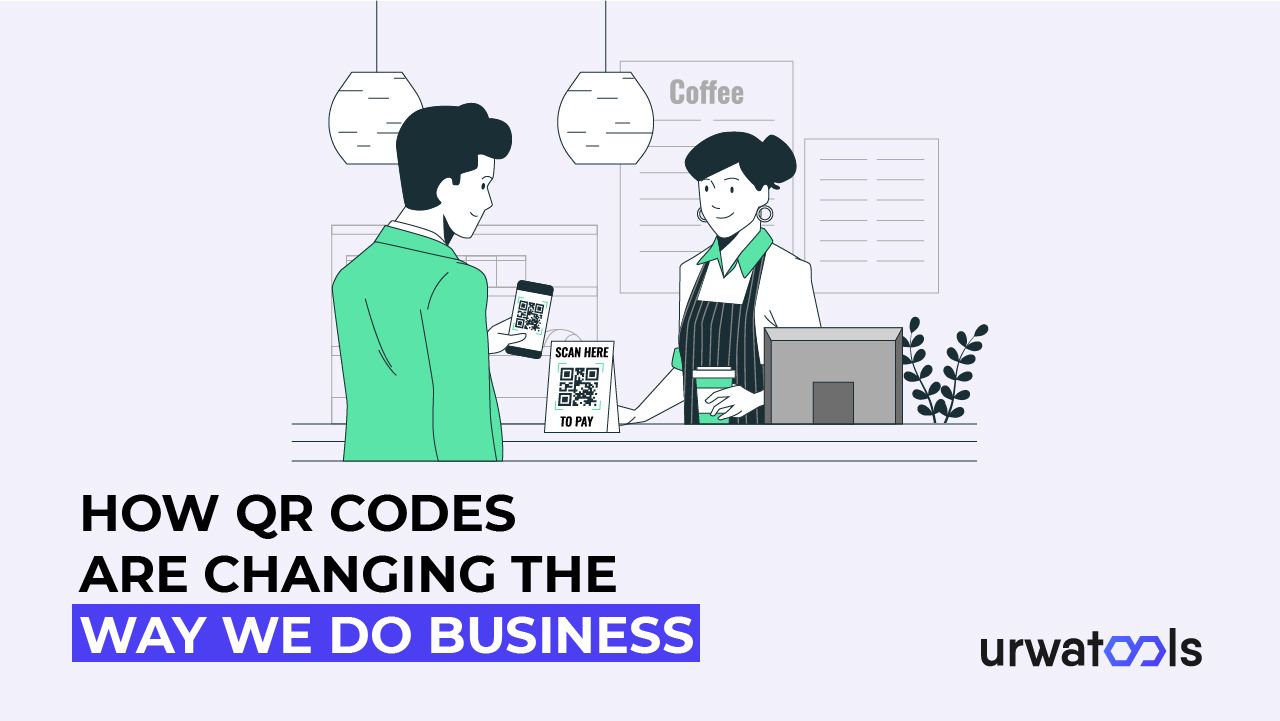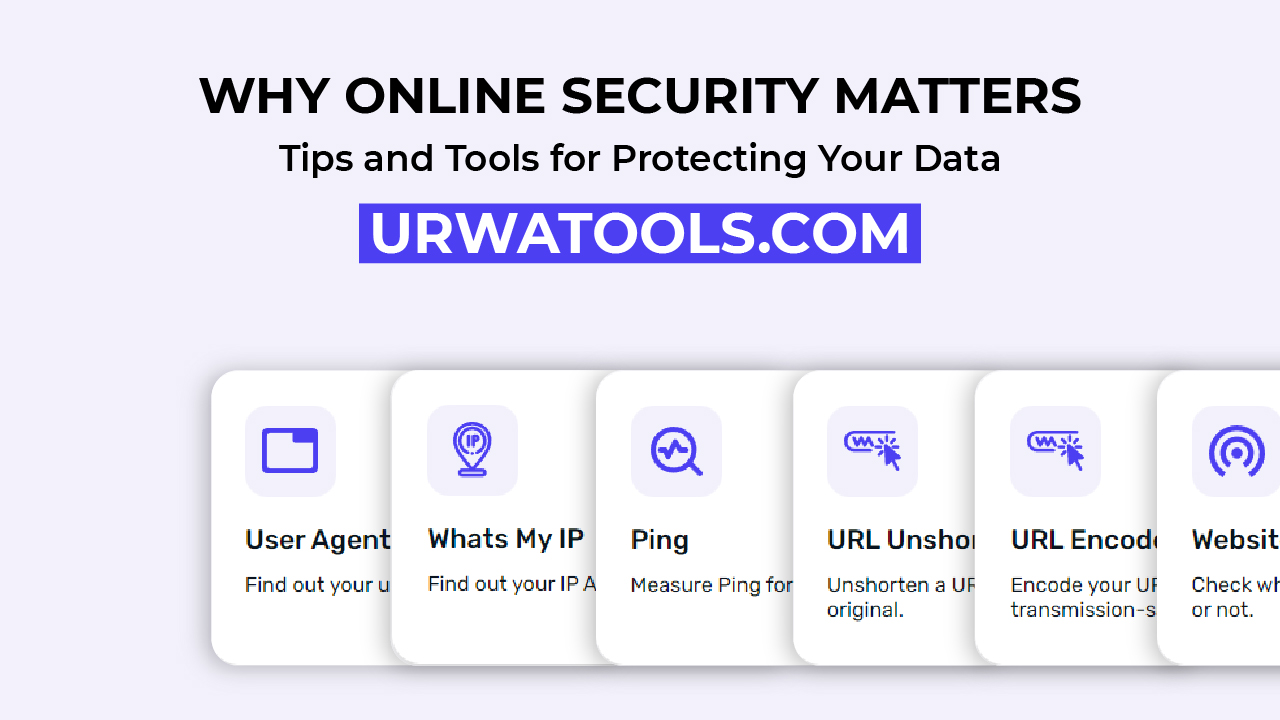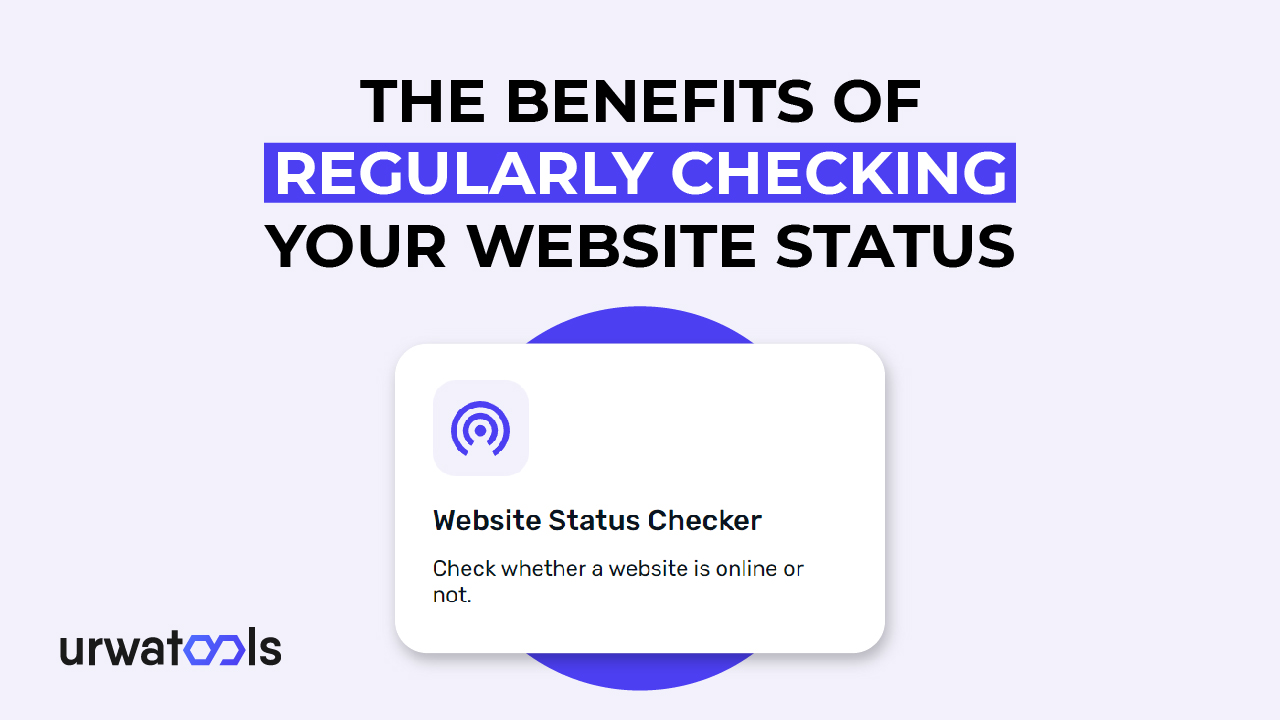How QR Codes Change Business.
Introduction
Technology continues to revolutionize numerous facets of our lives, including how we do business, in this digital era. QR codes are one such technical breakthrough that has a huge impact. QR codes are matrix barcodes that hold data and may be scanned with a mobile phone or QR code reader.
They got popular in recent years and revolutionized company processes. This article investigates the significance of QR codes in current business practices, including their advantages, disadvantages, and best practices.
What are QR codes?
Before digging into QR codes' influence on businesses, it is critical to define them. QR codes are two-dimensional barcodes that carry encoded data and may be scanned with a smartphone or QR code reader. Website URLs, contact information, payment links, product descriptions, and other relevant information can all be included in the data. QR codes are adaptable and may be printed on various surfaces, such as product packaging, flyers, posters, and digital screens.
Benefits of QR Codes in Business
Enhancing Customer Engagement
QR codes are an excellent tool for businesses to engage with their clients. Businesses may entice customers to scan QR codes for more information or special deals by adding them to marketing materials or product packaging. This interactive experience can increase client engagement and strengthen businesses' bonds with their target audience.
Purchasing Process Simplification
QR codes simplify the purchase process by allowing frictionless payments. Customers may easily scan a code to purchase by integrating QR codes with mobile payment platforms, removing the need for actual currency or card payments. This comfort and quickness enhance the client experience and improve sales.
Marketing and Promotional Opportunities
QR codes provide businesses with fantastic marketing and promotional options. Customers can be directed to landing pages with special offers, discounts, or further information by placing them in adverts, brochures, or product packaging. Businesses may use this personalized marketing method to track client responses and modify future deals accordingly.
Analytics and tracking
QR codes track and analyze client behavior, one of QR codes' most significant benefits. By tying QR codes to analytics tools, businesses may gain vital data about how customers interact with their marketing initiatives. They may monitor scan counts, time spent on connected websites, conversion rates, and other analytics. This data-driven strategy assists organizations in refining marketing plans and optimizing campaigns for improved outcomes.
Improve inventory management
QR codes can also be used in inventory management. Businesses may quickly maintain inventories and check stock levels by attaching QR codes to items or packaging. It simplifies operations, prevents mistakes, and keeps inventory records accurate when QR codes are scanned during shipping, receiving, and storage procedures. This effective inventory management leads to cost savings and increased customer satisfaction.
Increasing Product Authenticity and Traceability
Businesses may use QR codes to improve product authenticity and traceability, especially when counterfeiting or quality control is an issue. Businesses may verify product authenticity and give customers information about the origin, production data, and certifications by embedding unique QR codes on each product. Transparency fosters customer trust and confidence.
QR Codes in Contactless Payments
The COVID-19 epidemic has accelerated contactless payments, and QR codes have played a crucial part in this transformation. Due to physical distance and less touch, businesses have turned to QR codes as a safe and simple payment mechanism. The clients can pay by scanning a QR code at the point of sale, removing the requirement for direct interaction with cash or cards.
QR Codes for Information Sharing
QR codes are useful for more than payments. They can also use to share information. Restaurants, for example, may place QR codes on menus to provide clients with full explanations, nutritional information, and allergen warnings for each item. Similarly, museums and tourist destinations may employ QR codes to deliver audio tours, extra information, or language translations to visitors.
QR Codes in loyalty programs
QR codes may be implemented into loyalty programs to make collecting and redeeming rewards easier. Customers may receive points or discounts by scanning a QR code at checkout, removing the need for conventional loyalty cards or keychain tags. This convenience increases client involvement and loyalty while lowering administrative costs.
Considerations and obstacles
While QR codes have various advantages, there are certain obstacles and factors to consider. Before using QR code strategies, firms should consider compatibility with different QR code readers. They should also consider potential security threats if the codes need to be properly verified. In addition, they should educate customers on QR code scanning.
Guidelines for QR codes
Recommended practices must be followed to maximize QR codes' efficacy in corporate processes. These include making sure QR codes are scannable and well-placed, offering clear scanning instructions, optimizing mobile device landing pages, tracking and analyzing QR code performance regularly, and keeping the material behind the codes current and up to date.
Conclusion
QR codes have altered how we do business by providing tools for consumer interaction, payment processing, targeted marketing, inventory control, product legitimacy, and information sharing. QR codes are anticipated to remain a key part of the corporate environment as organizations adjust to changing customer tastes and technology improvements.
FAQs
1. Are QR codes secure?
QR codes do not pose security risks, but businesses should validate and verify their codes to prevent security breaches.
2. Can QR codes be customized with branding?
Yes, businesses can customize QR codes with branding elements to maintain consistency and reinforce brand identity.
3. How can businesses track QR codes' performance?
Businesses can track and analyze metrics such as scan rates, conversion rates, and user engagement by integrating QR codes with analytics platforms.
4. Can QR codes be scanned without internet access?
Yes, QR codes can be scanned without internet access. However, some content linked to the QR code may require an internet connection to be accessed.
5. Do customers need a specific app to scan QR codes?
Most smartphones have QR code scanning capabilities. However, a dedicated QR code scanner app is required. In that case, providing clear instructions and recommendations to customers is essential.







